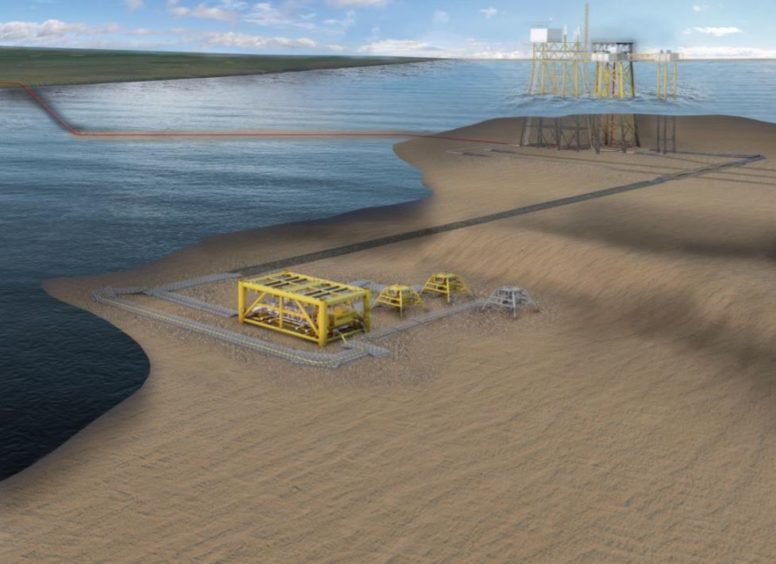
Dana Petroleum took a £45 million write down after its shock exit from the Platypus development in the North Sea.
Accounts filed with Companies House for full-year 2020 also reveal the company made a £551 million pre-tax loss for the year, compared with a pre-tax profit of £100m in 2019.
Dana, owned by the Korean National Oil Company (KNOC), saw a 43% drop in revenue between 2019 and the end of 2020, owing to low commodity prices and decreased production.
Within its results, it also records a £45.6 million write down of Platypus, following its decision to exit the licence in late 2020.
The company confirmed the surprise relinquishment of its 59% stake in the field last January, leaving partners Parkmead Group (15%) and CalEnergy (26%) to press on.
With mid-case recoverable resources of 105 billion cubic feet of gas, the partners had intended to develop Platypus as a two-well, subsea tie-back to the Perenco-operated Cleeton platform in the southern North Sea.
At the time, an industry source told Energy Voice that the decision would mean Dana’s reputation with frustrated service companies who were tendering for contracts at the field would be badly damaged.
Parkmead later agreed to become operator and share Dana’s stake with CalEnergy on the project, but despite efforts to come up with a new plan for development, both relinquished the licences back to the Oil and Gas Authority (OGA) in November 2021.
Parkmead recorded a £10.9m impairment as a result.
In a statement at the time, Parkmead added: “Following the unexpected, late withdrawal of Dana Petroleum from the Platypus licence, Parkmead agreed in principle to become the temporary acting operator and entered into commercial discussions with the Platypus supply chain to formulate a revised commercial project that could be put to the regulatory authorities to seek extension of the licence.
“A considered and improved commercial plan was put to the regulator well ahead of the formal end of the licence, however, despite intensive and prolonged discussions it was not possible to arrive at suitable terms for an extension and, although a new licence could be sought in due course, it was ultimately decided by the partners not to pursue the matter further at this time.”
2020 performance
Dana’s group-wide output fell from 57,249 barrels of oil equivalent per day (boepd) in 2019 to 47,150 boepd in 2020, continuing a downward trend seen since 2018, when it produced 65,000 boepd.
As in the previous year, Dana said the production fall was the result of natural reservoir decline and prolonged unplanned outages at its Western Isles floating production storage and offload (FPSO) vessel. Further work was conducted at its Triton FPSO during the year as well, to tackle backlog maintenance.
Dana said it had no debt as of the end of 2021. In January 2022 the company negotiated, via KNOC, a new $300m revolving loan facility with the Export Import Bank of Korea, available until January 2024. Following this Dana made a drawdown request of $30m, which was approved in early February.
In the meantime, the company is awaiting start-up of its flagship Tolmount project, in which it holds a 50% stake alongside operator Harbour Energy, and an equal share of the development’s midstream infrastructure alongside Kellas Midstream.
The partners now expect first gas this quarter, following delays throughout 2021 regarding electrical equipment certification.
In addition, Dana says “excellent progress” has been made at the nearby Tolmount East discovery, where a single subsea well will be tied back to the main Tolmount platform via pre-installed facilities. First gas at the field is targeted for Q3 2023.